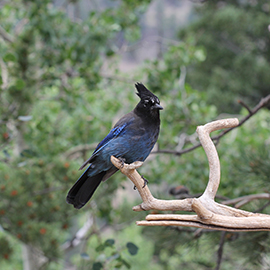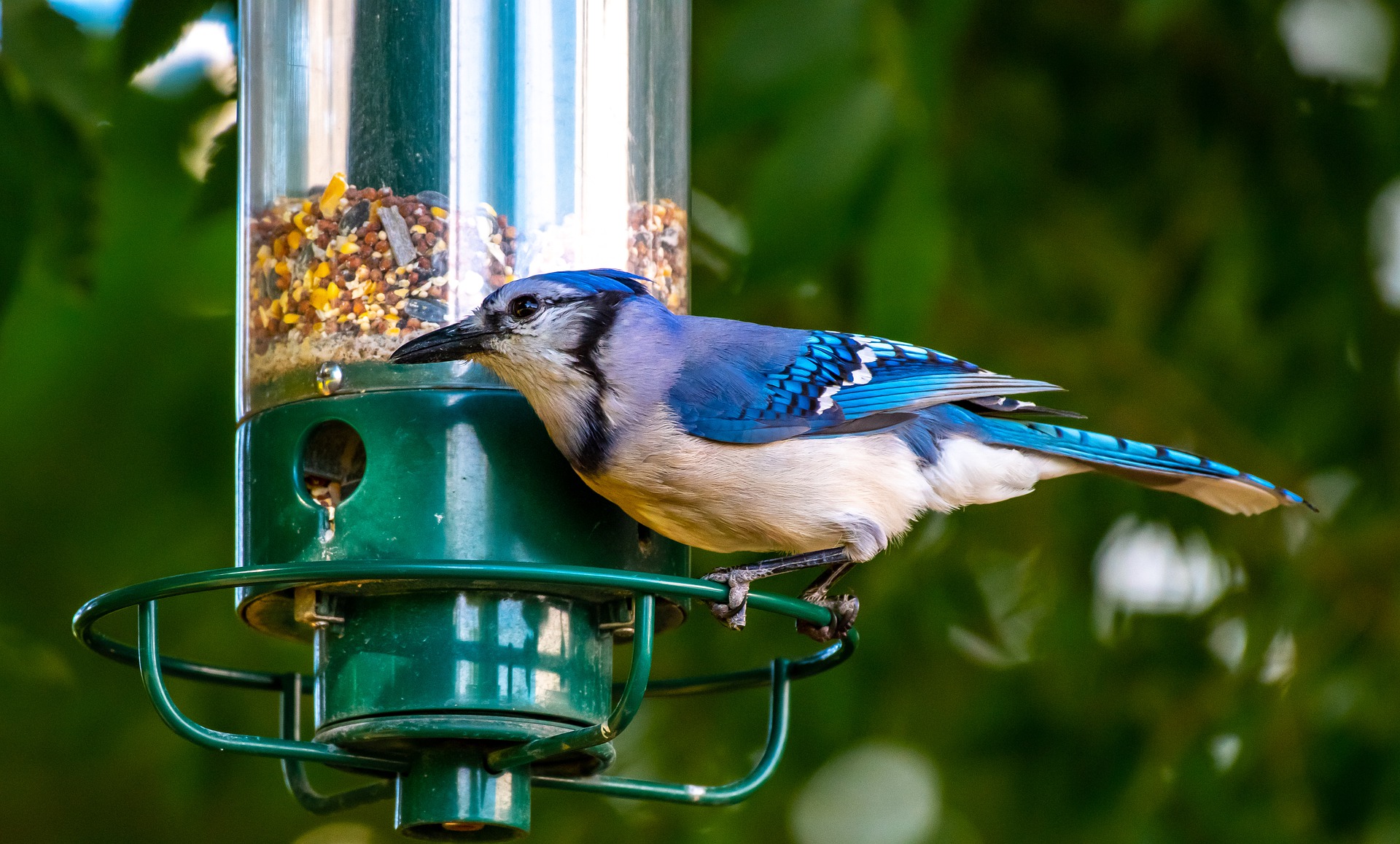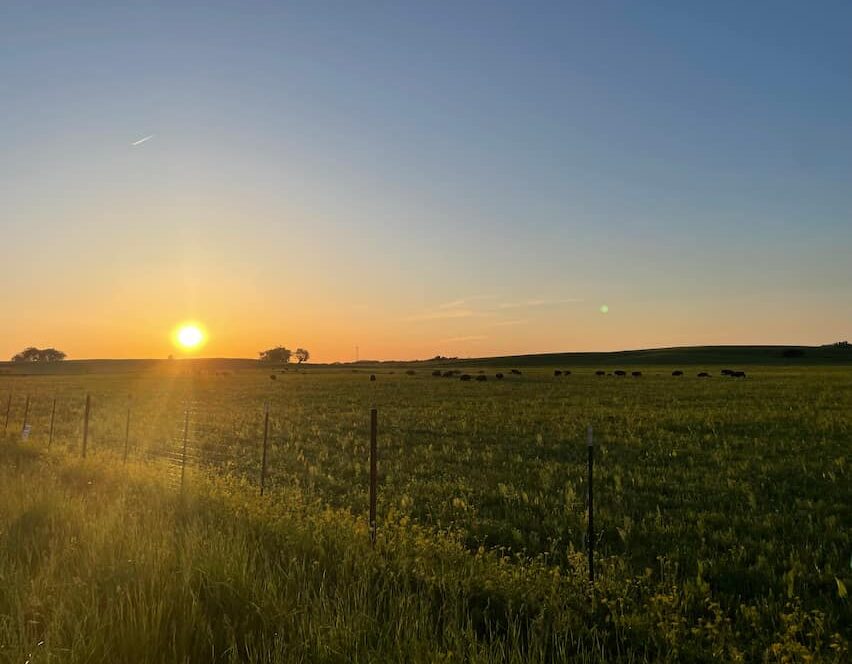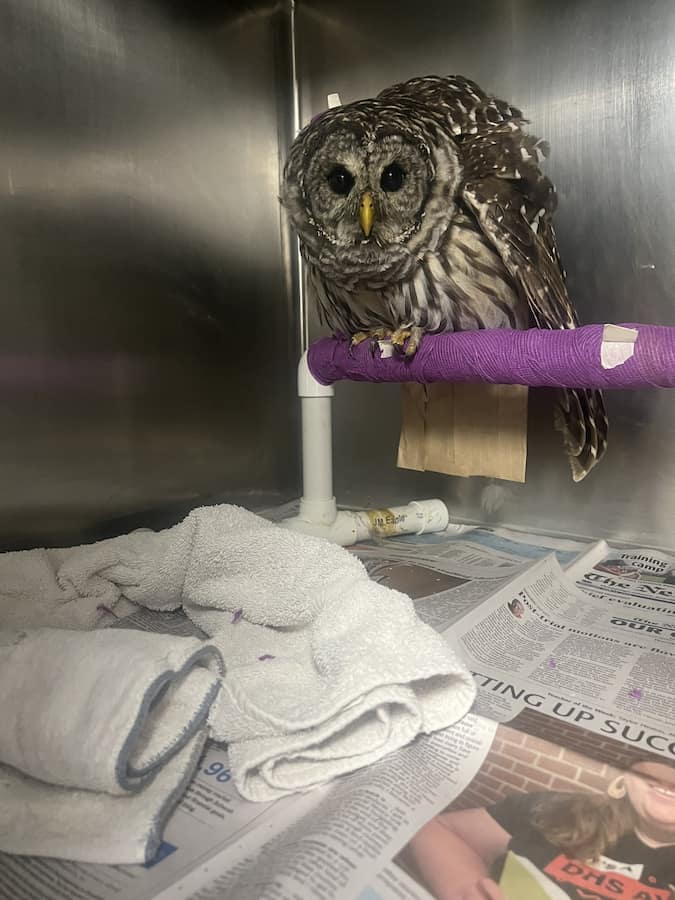BY: Mary kate feldner, UNIVERSITY OF ILLINOIS COLLEGE OF VETERINARY MEDICINE CLASS OF 2021
 Warmer weather means more opportunities to get outside and enjoy all the wonderful nature that Illinois has to offer. For some, this means taking hiking trips to a variety of national parks. For others, this can mean enjoying the nature offered in their own backyard. One of the most common ways people enjoy nature in their own backyard is by hanging bird feeders.
Warmer weather means more opportunities to get outside and enjoy all the wonderful nature that Illinois has to offer. For some, this means taking hiking trips to a variety of national parks. For others, this can mean enjoying the nature offered in their own backyard. One of the most common ways people enjoy nature in their own backyard is by hanging bird feeders.
Having a bird feeder in your yard can attract any number of songbirds and provide ample opportunities for bird watching. Offering a variety of feeder styles will maximize the number of bird species attracted to your yard and allow you to target specific bird species
Offering multiple feeders also minimizes congestion at a single feeder, minimizing aggression between birds and lessening the chance of spreading disease among your visitors. Ideally, feeders will be distributed throughout your yard. Use caution when placing feeders near a window, as some birds may inadvertently collide with the window after being attracted by the feeder. Window decals and UV reflectors can be useful tools to help birds see the windows and prevent such collisions.
Some bird feeder types include the ground feeder, the sunflower seed/tube feeder, suet feeders, hopper feeders, Nyjer (Thistle) feeders, and nectar/fruit feeders. Each type offers a different way of attracting a variety of birds. Ground feeders are good for grains or seeds that can attract juncos, goldfinches, and cardinals. Suet feeders utilize a hard-white fat that can be used to attract woodpeckers, wrens, and warblers. Nectar and fruit feeders can be filled with a sugar solution without food dye that can attract hummingbirds and orioles.
While each type of feeder can welcome a slightly different population of birds into your yard, the important thing for each type is to keep them clean! With so many birds all using the same feeders, there is a higher risk for spreading disease among our passerine populations. For example, mycoplasma is a bacteria that can be spread easily from bird to bird on a feeder but does not infect people. By keeping those bird feeders clean, you can enjoy watching your local wildlife without fear of causing them harm.
Cleaning your backyard feeders doesn’t have to be a difficult task! It can include replacing old feeds with fresh products. Additionally, feeders can be soaked in cleaning solution, such as dilute bleach, to kill any lingering pathogens. Once soaked, ensure that the feeder has plenty of time to dry, as damp feeders can lead to build up of mold. Ideally, it is best to clean your bird feeders once every one to two weeks. By following these easy cleaning techniques and employing a variety of different feeders, you can bring bunches of beautiful birds into your very own backyard.
If you don’t want to commit to regularly cleaning a bird feeder but still want to enjoy bird watching, you can build your own biodegradable, compostable bird feeder! Using an orange or sweet potato, peanut butter, and bird seed, you can provide a fresh source of nutrients to attract those birds while minimizing after care.
Whether using a homemade or manufactured bird feeder, we encourage you to enjoy watching all that nature has to offer and supporting your local wildlife.
By Mary Kate Feldner




